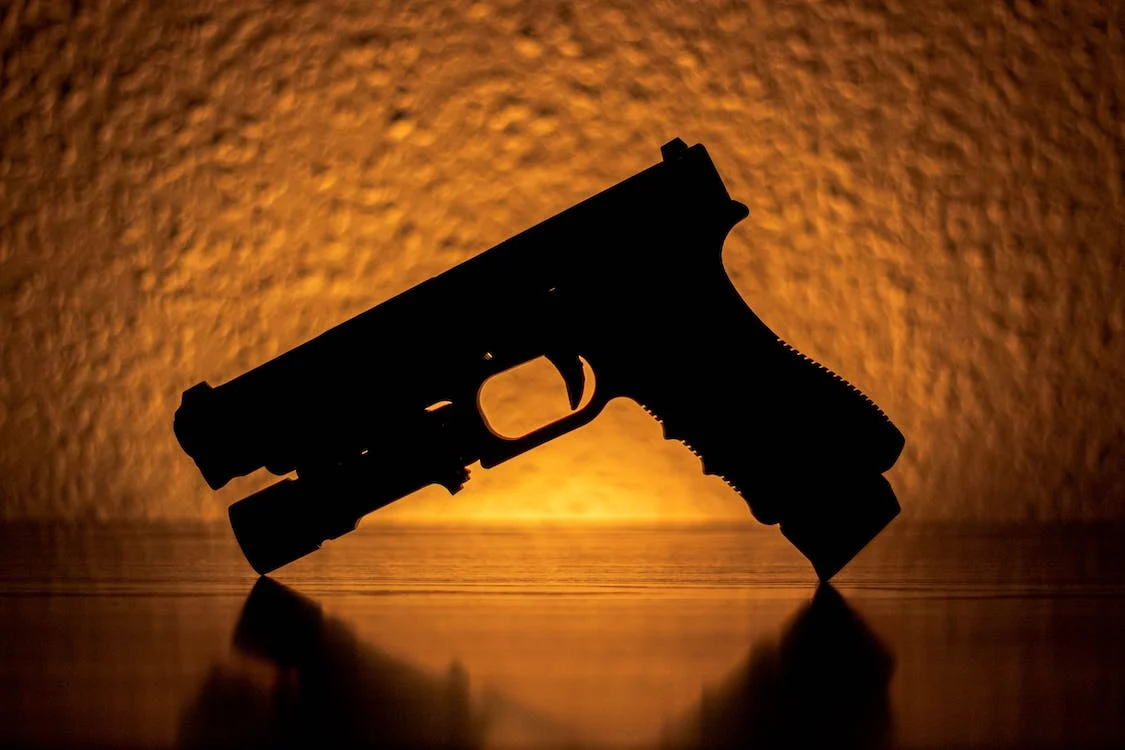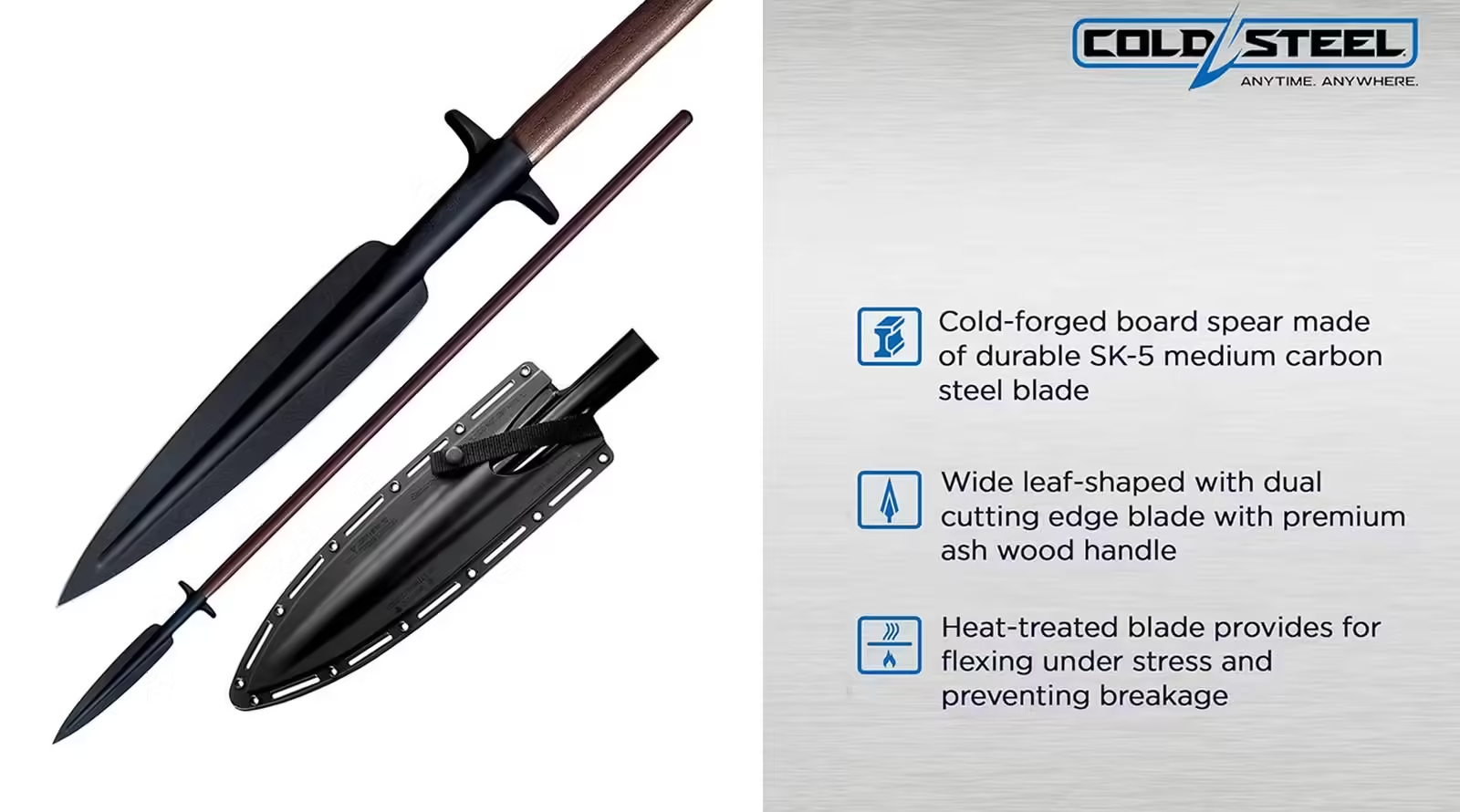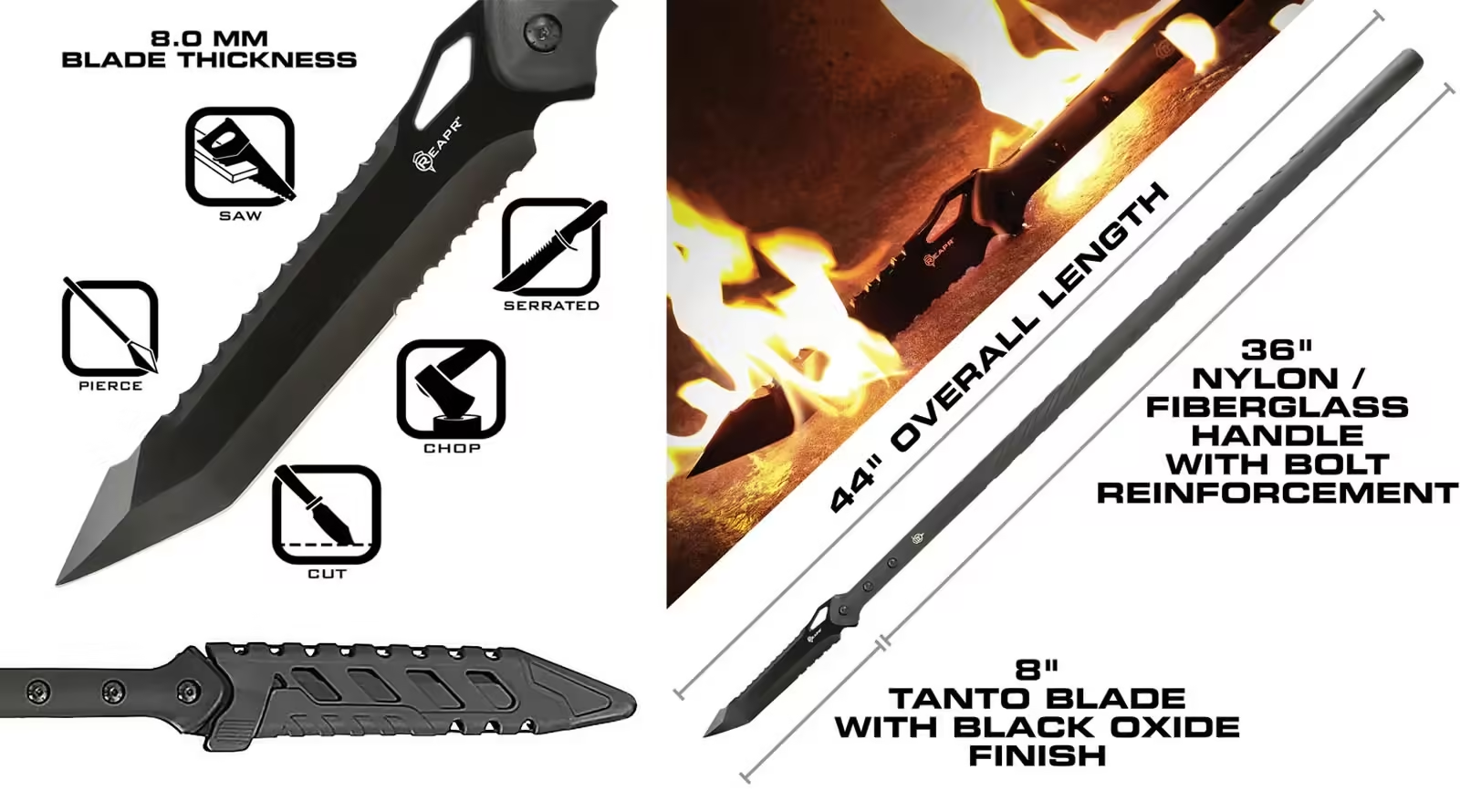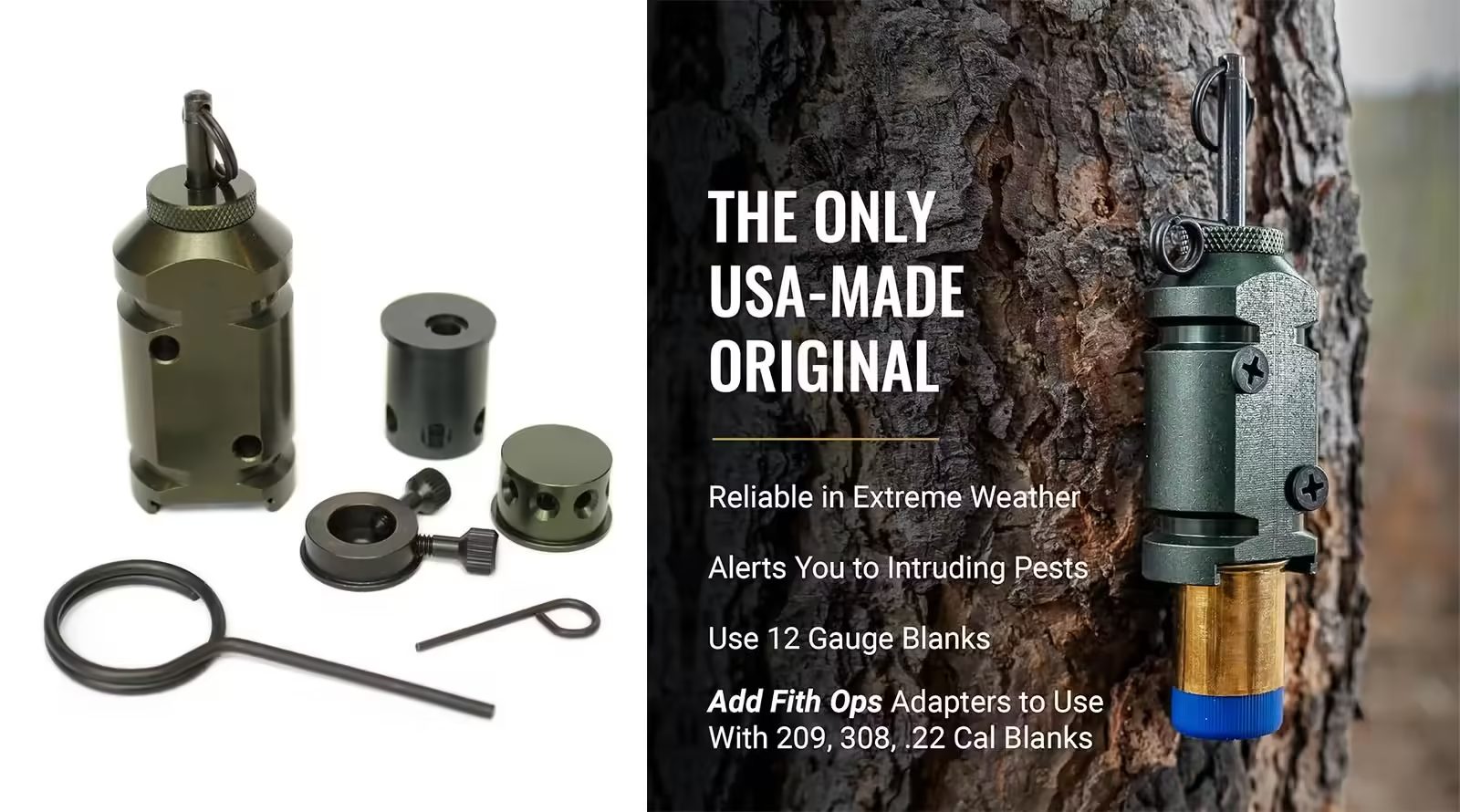The term “Glock Switch” actually refers to Glock Full Auto Switch, an illegal modifications or aftermarket parts that can convert a standard Glock pistol into a fully automatic weapon. Glock pistols are renowned for their reliability, simplicity, and widespread use in law enforcement and civilian circles. However, like any firearm, they can be subject to illegal modifications that alter their functionality and pose significant safety risks.
Installing the Glock Switch and converting a Glock pistol to fully automatic fire is highly illegal in most if not all jurisdictions in the United States. Automatic firearms are heavily regulated due to their capacity for rapid and continuous fire, which can pose serious dangers in the wrong hands. In many countries, civilian ownership of fully automatic weapons is strictly prohibited, and even law enforcement agencies must adhere to strict regulations regarding their use and possession.
The installation of the Glock Switch typically involves the addition of aftermarket parts to alter the firearm’s firing mechanisms. These modifications bypass the pistol’s semi-automatic firing mechanism, allowing it to fire continuously with a single pull of the trigger. Such modifications drastically increase the rate of fire and ammunition expenditure, making the weapon extremely dangerous and difficult to control.
Aside from being illegal, converting a Glock pistol to fully automatic fire can have severe consequences. Possession of an illegally modified firearm can result in criminal charges, hefty fines, and imprisonment. Additionally, these modifications compromise the safety and reliability of the firearm, increasing the risk of malfunctions, accidental discharges, and injury to the user and bystanders.
Law enforcement agencies and regulatory bodies actively work to combat the illegal modification and trafficking of firearms, including Glock pistols modified to full auto capability. They employ various tactics, such as undercover operations, sting operations, and public awareness campaigns, to identify and apprehend individuals involved in illegal firearms trafficking and possession.
Full Automatic Self Defense with the Controversial Glock Switch

Glock Switch, sometimes called “giggle switches” in D.C will allows the normal Glock pistol burst to full automatic, like its military version. The suitability of automatic pistols for self-defense purposes depends on various factors, including the individual’s training, proficiency, and the specific context of the self-defense scenario. While automatic pistols offer certain advantages in terms of firepower and rapid rate of fire, they also come with inherent challenges and considerations that may affect their suitability for self-defense.
The debate between automatic and semi-automatic pistols is better for self defense often boils down to their advantages and disadvantages.
- Rate of Fire: Automatic pistols, also known as fully automatic or machine pistols, have the capability to fire continuously as long as the trigger is held down. This allows for a rapid and sustained rate of fire, which can be advantageous in certain tactical situations where overwhelming firepower is needed to suppress or neutralize threats.
- Suppressive Fire: Automatic pistols excel in providing suppressive fire, which is essential in military and law enforcement operations. The ability to lay down a high volume of fire can deter adversaries from advancing or returning fire, providing cover for friendly forces to maneuver or evacuate.
- Versatility: Automatic pistols offer versatility in terms of firing modes. In addition to fully automatic fire, many models feature selectable firing modes such as semi-automatic and burst fire. This allows users to adapt their shooting technique and conserve ammunition when necessary.
- Close Quarters Combat: In close quarters combat (CQB) scenarios, automatic pistols can be particularly effective due to their rapid rate of fire and ability to quickly engage multiple targets at short range. This makes them well-suited for urban environments or confined spaces where engagements are likely to occur at close distances.
- Intimidation Factor: The sound of automatic gunfire can be highly intimidating to adversaries, potentially causing them to hesitate or surrender. In situations where psychological deterrence plays a role, the presence of automatic pistols can exert a significant influence on the outcome of an encounter.
Despite these potential advantages, it’s essential to note that automatic pistols also have several drawbacks compared to semi-automatic handguns:
- Ammunition Consumption: Automatic pistols have a high rate of fire, which can lead to rapid depletion of ammunition. This can be a significant concern in situations where ammunition resupply is limited or unavailable.
- Recoil and Control: The increased rate of fire of automatic pistols can result in greater recoil and muzzle rise, making them more challenging to control during sustained fire. This can affect accuracy and shot placement, especially in rapid-fire scenarios.
- Legal Restrictions: In many jurisdictions, civilian ownership of automatic pistols is heavily regulated or outright prohibited due to safety concerns and the potential for misuse. Obtaining the necessary permits or licenses to own automatic firearms can be difficult or impossible for the average citizen.
- Training Requirements: Mastering the control and proper use of automatic pistols requires extensive training and practice. Inexperienced or untrained users may struggle to effectively employ automatic firearms safely and accurately.
Ultimately, whether an automatic pistol is “better” than a semi-automatic handgun depends on the specific context, user proficiency, and legal considerations. While automatic pistols offer certain advantages in terms of firepower and versatility, they also come with inherent challenges and limitations that must be carefully weighed and addressed.





